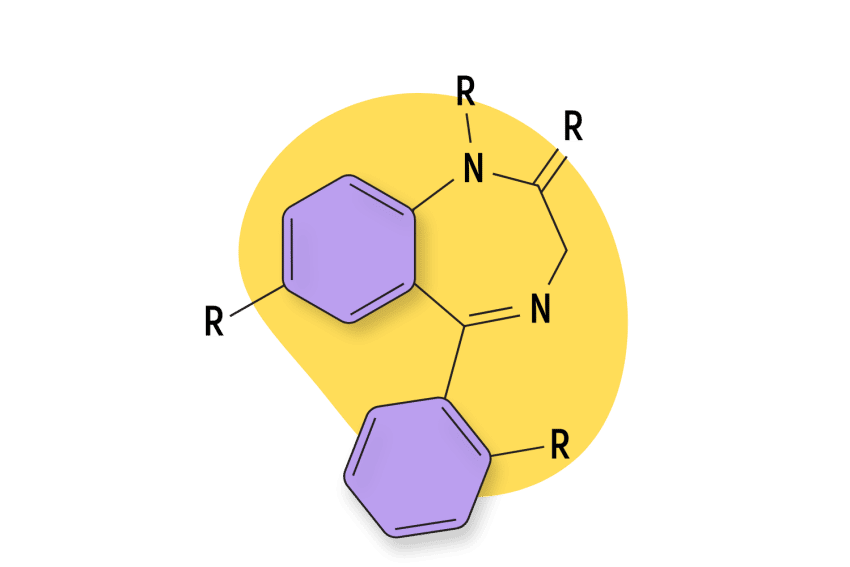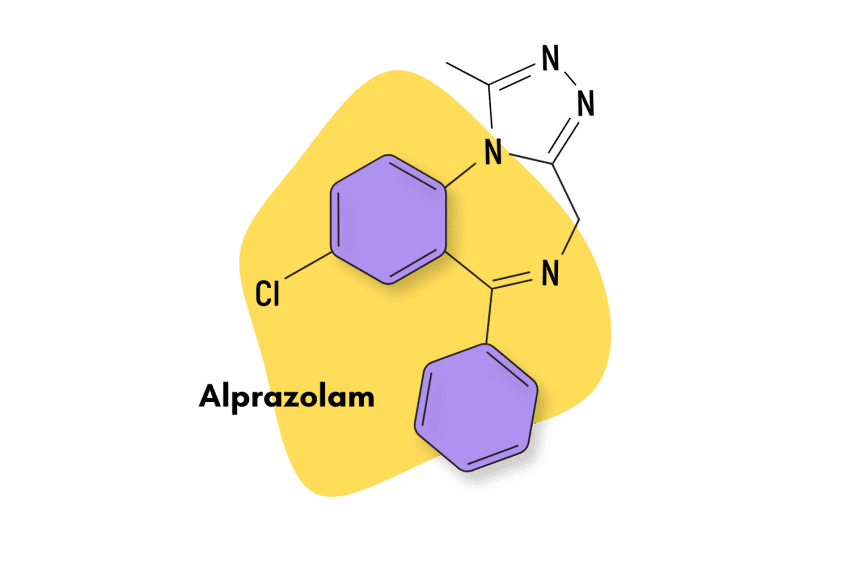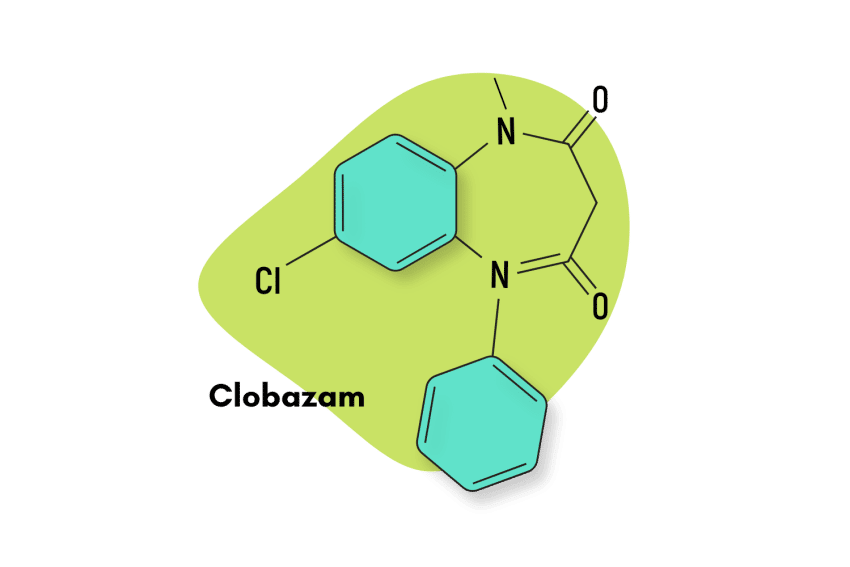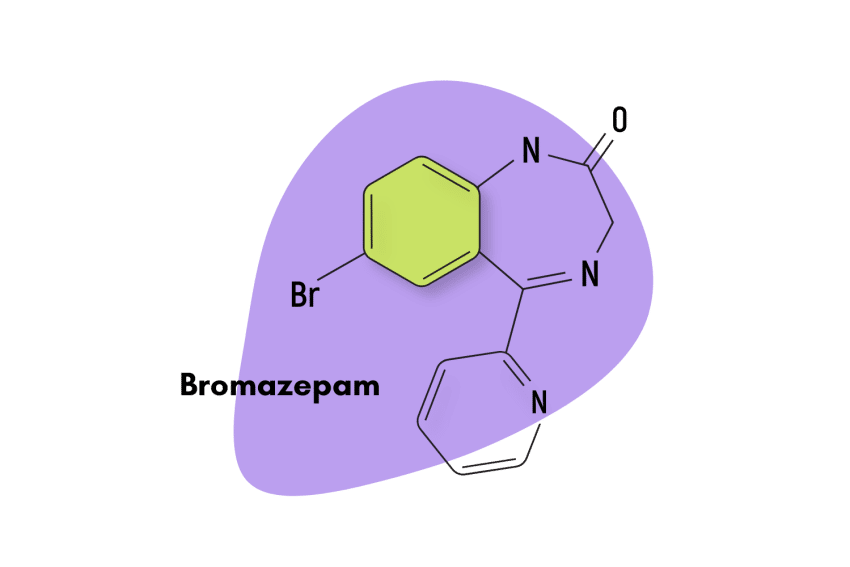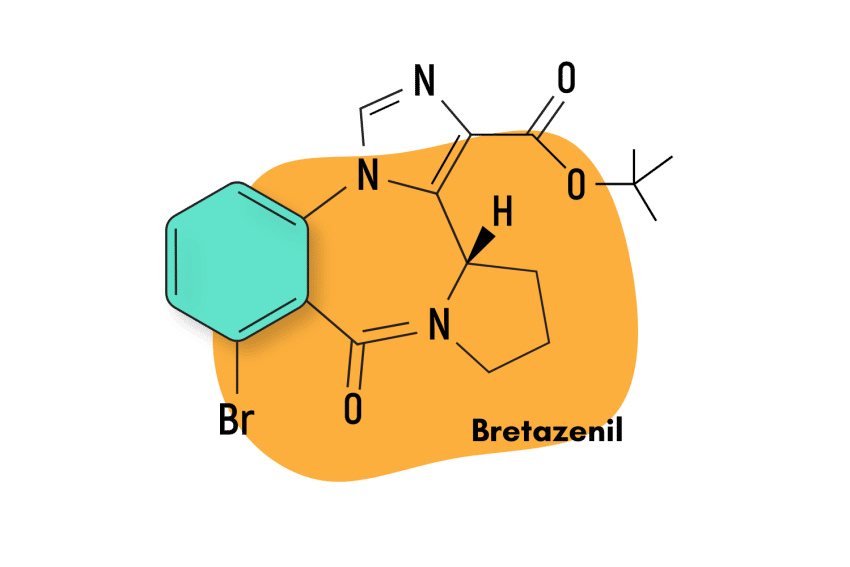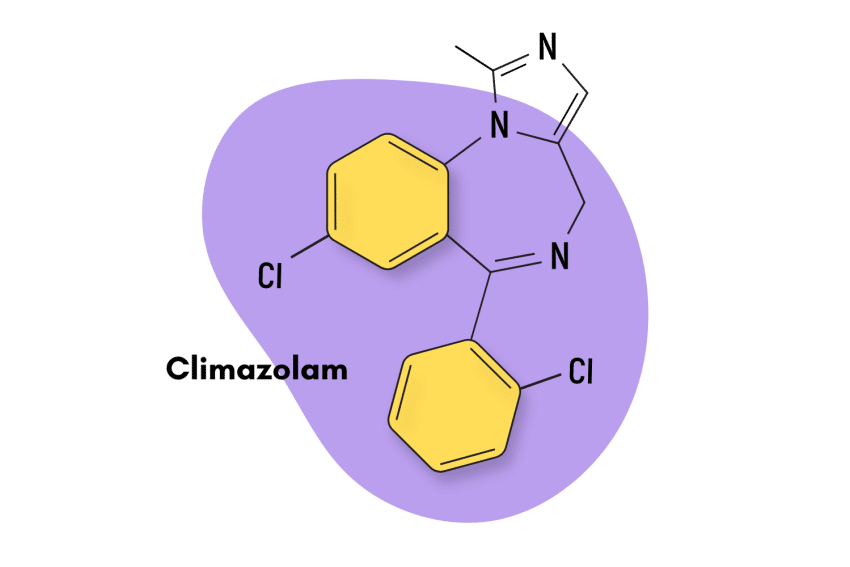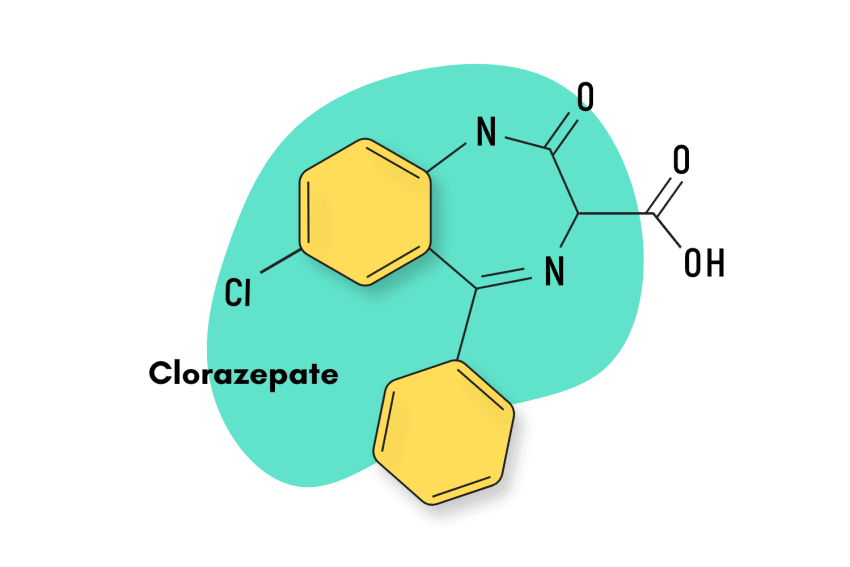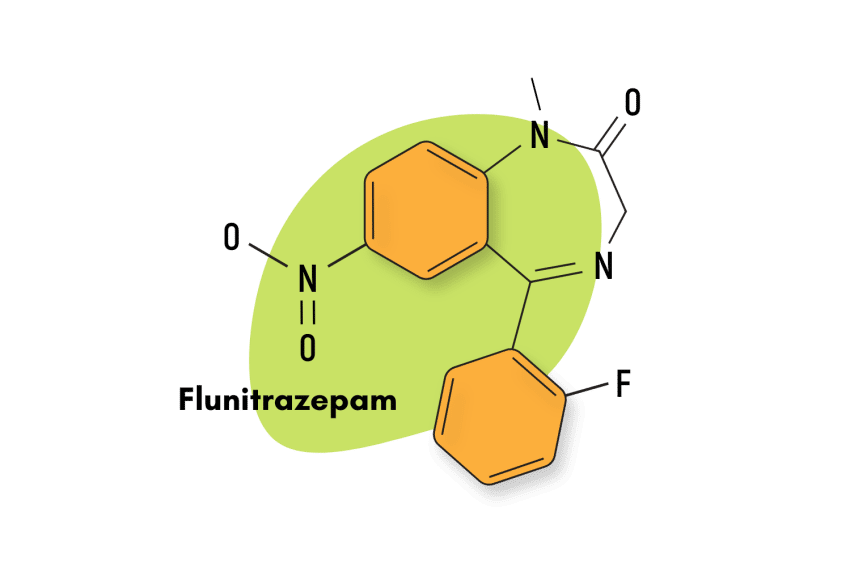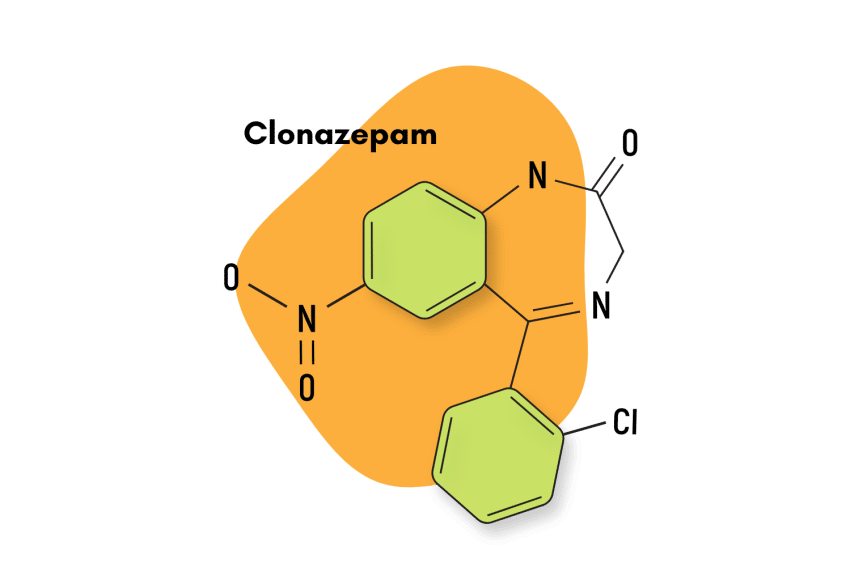Triazolam (Halcion) Fact Sheet & Harm Reduction Guide
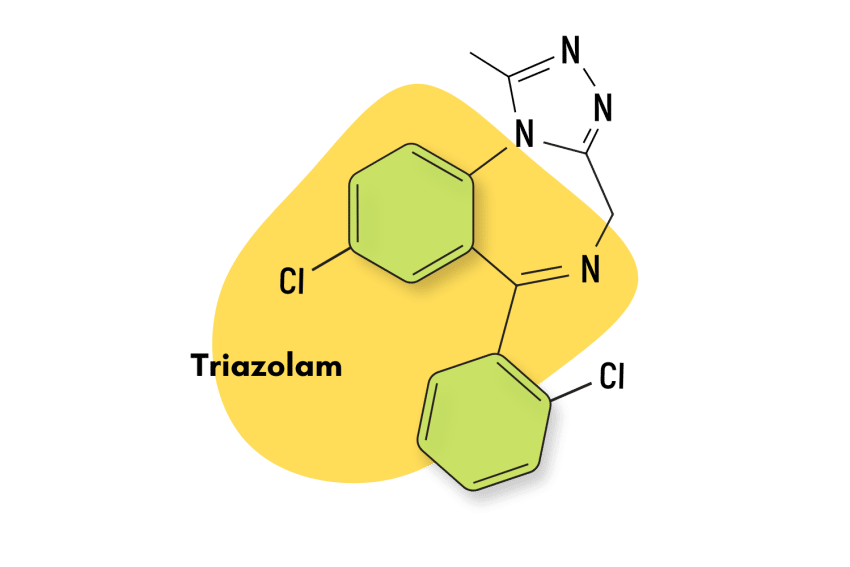
Triazolam, sold under the brand name Halcion, is a benzodiazepine compound of the triazolobenzodiazepine (TBZD) class.
TBZDs are characterized by distinct attributes like increased potency and additional serotonergic antidepressant qualities.
Triazolam has the standard range of pharmacological effects associated with benzodiazepines. Still, it sets itself apart due to its remarkable potency and its extremely short-acting nature: 0.3 mg of triazolam is roughly equivalent to 10 mg of diazepam, and its elimination half-life is 2-3 hours.
The FDA approves Triazolam for the short-term treatment of insomnia (generally 7 to 10 days) in adults.
Triazolam’s short duration of effects, combined with the fact that it only has one active metabolite, α-hydroxytriazolam, makes it well suited to its role as a hypnotic agent [1].
Triazolam Specs
| Status | Approved medication |
| Common Dosage | 0.25 – 0.5 mg |
| PubChem ID | 5556 |
| CAS# | 28911-01-5 |
IUPAC Name: 8-chloro-6-(2-chlorophenyl)-1-methyl-4H-[1,2,4]triazolo[4,3-a][1,4]benzodiazepine
Other Names: Halcion, Apo-Triazo, Hypam, Trilam
Metabolism: The initial step in triazolam metabolism is cytochrome CYP3A4-mediated hydroxylation to form 1-hydroxytriazolam and 4-hydroxytriazolam. Both metabolites are subsequently conjugated to form glucuronides and eventually eliminated through the kidneys.
Duration of Effects: According to the FDA, triazolam has a mean elimination half-life of 1.5 to 5.5. hours, which would make it short-acting regarding the duration of its effects. Triazolam is credited with being the shortest-acting benzodiazepine available in the United States [1].
Benzodiazepine Dosage Equivalency Calculator
**Caution:** Benzodiazepines have a narrow therapeutic window. Dose equivalents may not be accurate in higher doses.
This calculator does not substitute for clinical experience and is meant to serve only as a reference for determining oral benzodiazepine equivalence.
Please consult a medical practitioner before taking benzodiazepines.
How Does Triazolam Work?
Triazolam exerts its effects through the standard mechanism of action: binding to the benzodiazepine site of the gamma-aminobutyric acid-A (GABA) receptors in the brain and central nervous system (CNS), and thus enhancing GABA-mediated synaptic inhibition.
In simpler terms, triazolam potentiates the natural inhibitory function of GABA receptors to produce a generalized depressive effect in the brain and CNS. This overall reduction in activity gives rise to the hypnotic, amnesic, anxiolytic, sedative, anticonvulsant, and muscle relaxant properties associated with benzodiazepines.
However, to better understand the nature of triazolam’s functioning, its specific pharmacological and pharmacokinetic characteristics must be considered. Recent research has found that these individual factors are correlated with the given effects and adverse effects profile of any given benzodiazepine [2].
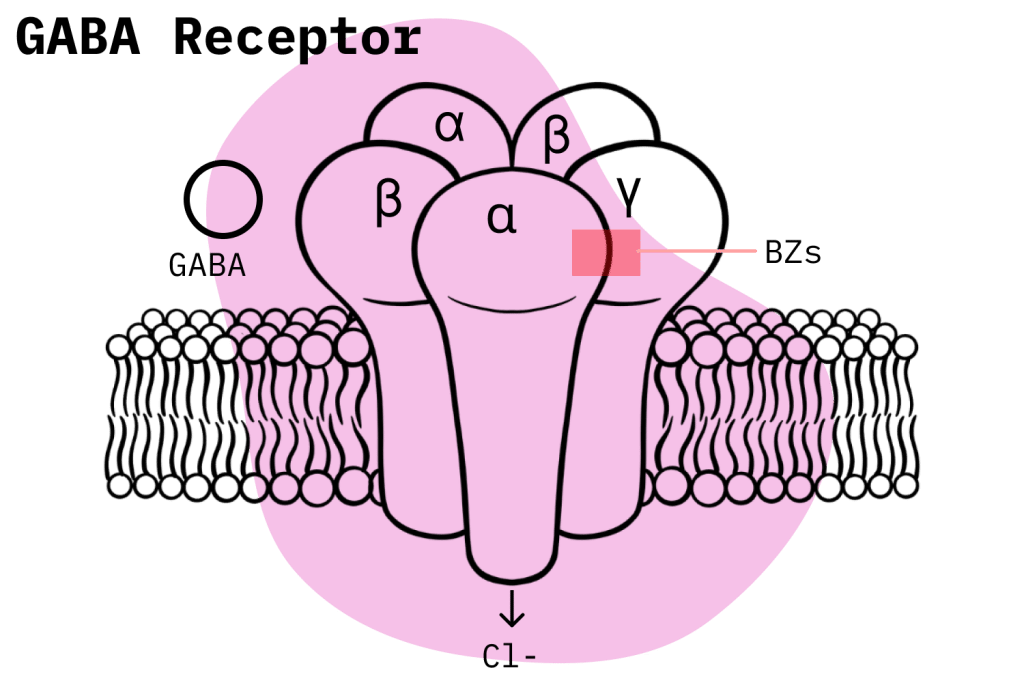
Rapid Absorption + Exceptionally High Potency
triazolam’s defining characteristics are its rapid absorption and short duration of effects. These properties vastly reduce the occurrence of a residual “hang-over” effect,” a common problem associated with longer-lasting hypnotic agents.
It has been found that, in terms of its effects, triazolam causes dose-dependent effects on sleep stages. Triazolam reduces stage ‘wake’ and stage 1 sleep, increases stage 2, and usually has minimal effects on stage 3 and stage 4 sleep [1]. Most laboratory studies have not shown evidence of tolerance to triazolam’s effects on sleep or rebound insomnia upon cessation of treatment.
It has also been found that, compared to flurazepam and nitrazepam, triazolam has less chance of impairing cognitive performance on the day after ingestion.
Regarding pharmacokinetics, triazolam is rapidly absorbed, with an oral dose of 0.88 mg reaching peak plasma concentration in 1.3 hours. Additionally, triazolam is roughly 90% bound to human plasma albumin and distributes widely into bodily tissues [3].
Is Triazolam Safe? Risks & Side Effects
Along with the vast majority of benzodiazepines on the US market, triazolam is currently listed as a Schedule IV substance in the Controlled Substances Act. This would entail triazolam has recognized medical uses but still carries the potential for misuse and physical dependence, albeit to a lesser degree than Schedule III substances.
In general terms, benzodiazepines, when used correctly, are relatively safe compounds and are not likely to cause serious health events. However, a recent explosion in polydrug abuse in the United States has led to a marked increase in the involvement of benzodiazepines in drug overdose fatalities, usually due to concomitant opioid usage.
This situation has degenerated to the point that the FDA is now sternly warning users against this deadly combination as it can easily lead to respiratory depression: the leading cause of death in drug overdoses. In this sense, it is always a good idea to evaluate the abuse potential and risk factors of a benzodiazepine compound.
In the case of triazolam, specific characteristics like extreme potency and a short duration of action make it highly liable to cause physical dependence and abuse compared to other benzodiazepines. Research has shown that short-acting benzodiazepines are more likely to cause inter-dose withdrawal and elicit habitual tendencies from misuse. This, in combination with its potency, make triazolam a dangerous benzodiazepine.
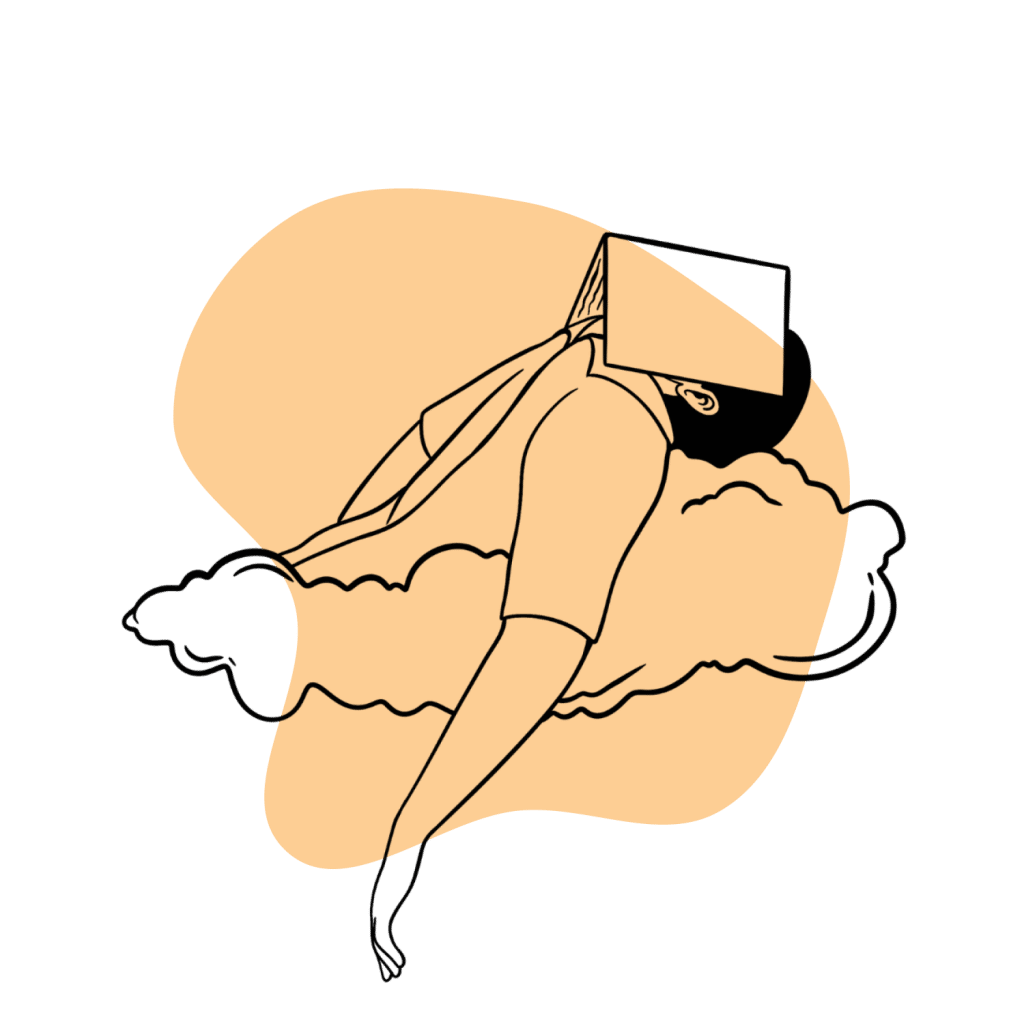
Side Effects of Triazolam
The FDA has identified the following side effects associated with triazolam use:
- Coordination disorders/ataxia
- Dizziness
- Drowsiness
- Headache
- Light-headedness
- Nausea/Vomiting
- Nervousness
Less common side effects may include:
- Confusional states
- Congestion
- Constipation
- Cramps/pain
- Depression
- Dermatitis
- Diarrhea
- Dry mouth
- Dysesthesia
- Euphoria
- Insomnia
- Memory impairment
- Nightmares
- Paresthesia
- Tachycardia
- Taste alterations
- Tinnitus
- Tiredness
- Visual disturbances
- Weakness
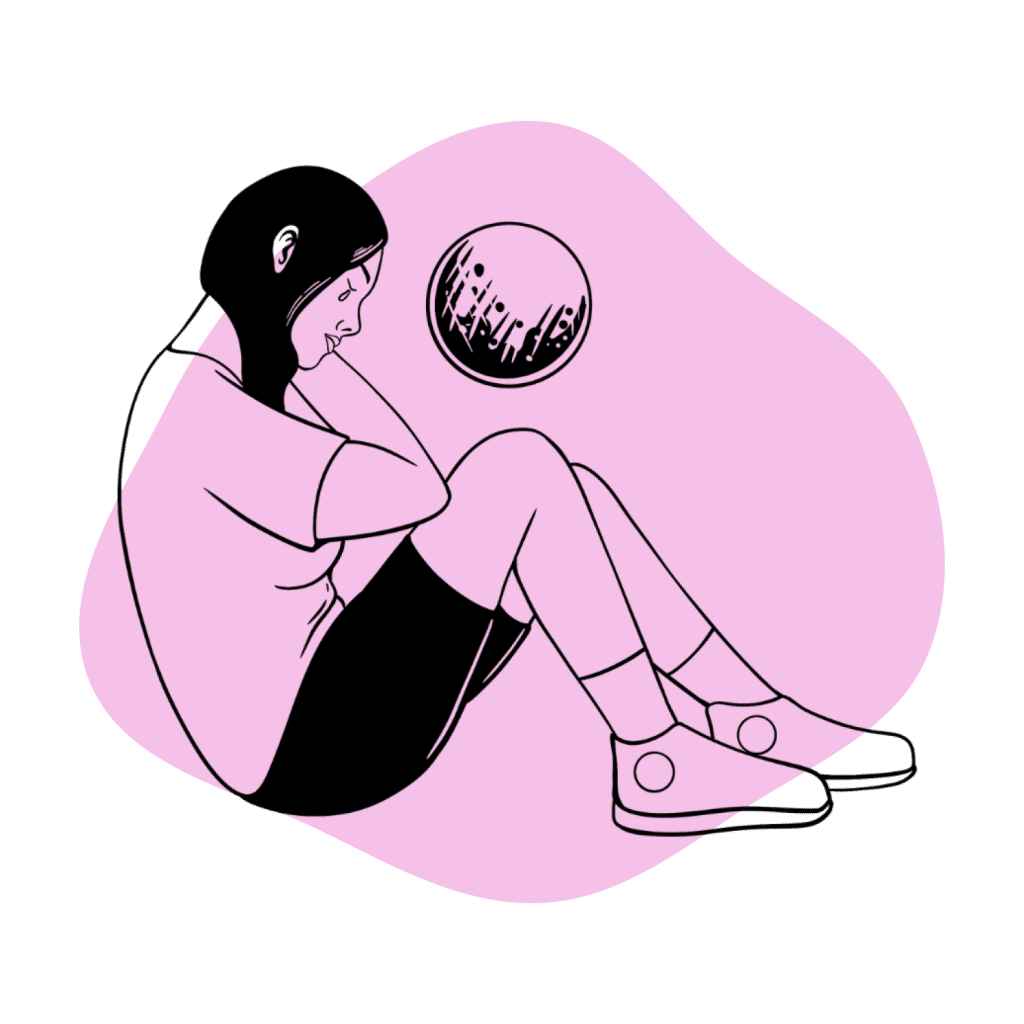
Benzodiazepine Withdrawal & Dependence
The possibility of developing benzodiazepine withdrawal and dependence symptoms is undoubtedly more likely than their Schedule IV designation tends to let on. In the medical world, benzodiazepine dependence is such a latent possibility that the standard practice for doctors is to try and prescribe them for the shortest time frame possible without compromising the success of treatment.
Just take a look at the FDA’s recommendations for triazolam. The extremely potent nature of this benzodiazepine has led the FDA to suggest it only be prescribed for seven to 10 days. Otherwise, a patient is risking a serious chance of developing physical dependence.
There is a common misconception that benzodiazepines, when used correctly, have little chance of engendering a physical dependence in users. However, there is a lot of research to contradict this notion.
A study that examined the likelihood of developing a benzodiazepine dependence when using a given compound for more than four weeks concluded that over one-third of participants had withdrawal symptoms upon cessation [4].
Users should know that developing withdrawal symptoms entails a lengthy drug tapering process to safely get off benzodiazepines. This process can last anywhere from 10 to 24 weeks. These drug tapering procedures are considered safe when done under the supervision of a licensed physician, but complications can still arise, and the lengthy process tends to bother most users.
It should also be noted that benzodiazepine and alcohol withdrawals are the only two types of withdrawals that, even though rare, can become fatal. This is due to the nature of benzodiazepines and their interaction with GABA receptors. Excessive glutamate levels, unchecked by GABA, can lead to excitotoxicity, which, if severe enough, can cause a coma or even death.

Harm Reduction: Triazolam
One of the primary goals of this article is to help people stay safe while using benzodiazepines, including those who choose to use benzodiazepines recreationally. Even though we strongly disapprove of this activity, we wish everyone to remain as safe as possible. So with this goal in mind, this section will look to provide some of the most effective harm-reduction tips users can implement while using benzodiazepines.
For users considering a legitimate benzodiazepine prescription, the first harm-reduction strategy should always be to ask themselves: do I really need to get on benzodiazepines to solve my issue?
Unfortunately, users will look to use a pharmacological prescription without even considering other, safer solutions to their problems. And as a side note, we all know that sometimes doctors can act under the influence of economic incentives to carelessly hand out prescriptions.
When users take the time to weigh the drawbacks and the benefits, they might prefer to try behavior-related solutions like therapy or exercise. These alternative options have reasonable rates of success, and when combined with natural, plant-based medications, they may be able to completely replace the need for a benzodiazepine prescription. The issue is often too specific and severe to deal with in this fashion, but it’s always worth a try.
Once a user begins to use benzodiazepines, their primary concern should always be to avoid misuse and get off their benzodiazepine prescription as soon as possible. Most serious health events related to prescription drugs almost always involve some type of misuse, whether it be accidental or intentional. In this sense, users should always consult their doctor if they have any doubts about their prescriptions.
And when it comes to recreational users, the best strategy to stay safe is to never combine two different compounds. Additionally, a smart idea, if you’re using benzodiazepines, is to procure the drug flumazenil and learn how to use it. Flumazenil is a nonspecific competitive antagonist for benzodiazepine receptors, which means it can work to reverse the effects of benzodiazepine-induced sedation.
Benzodiazepine Harm Reduction Tips
- 🥣 Don’t mix — Mixing benzodiazepines with other depressants (alcohol, GHB, phenibut, barbiturates, opiates) can be fatal.
- ⏳ Take frequent breaks or plan for a short treatment span — Benzodiazepines can form dependence quickly, so it’s important to stop using the drug periodically.
- 🥄 Always stick to the proper dose — The dosage of benzos can vary substantially. Some drugs require 20 or 30 mg; others can be fatal in doses as low as 3 mg.
- 💊 Be aware of contraindications — Benzodiazepines are significantly more dangerous in older people or those with certain medical conditions.
- 🧪 Test your drugs — If ordering benzos from unregistered vendors (online or street vendors), order a benzo test kit to ensure your pills contain what you think they do.
- 💉 Never snort or inject benzos — Not only does this provide no advantage, but it’s also extremely dangerous. Benzos should be taken orally.
- 🌧 Recognize the signs of addiction — Early warning signs are feeling like you’re not “yourself” without the drug or hiding your habits from loved ones.
- ⚖️ Understand the laws where you live — In most parts of the world, benzodiazepines are only considered legal if given a prescription by a medical doctor.
- 📞 Know where to go if you need help — Help is available for benzodiazepine addiction; you just have to ask for it. Look up “addiction hotline” for more information about where you live. (USA: 1-800-662-4357; Canada: 1-866-585-0445; UK: 0300-999-1212).
Triazolam Drug Interactions
As mentioned before, concomitant CNS depressant usage is extremely dangerous when using benzodiazepines and should be avoided at all costs, even when the other compound is not a pharmacological product.
Additionally, users should always be aware of possible CYP drug interactions with any compound they use.
Regarding triazolam, the CYP3A4 enzyme is heavily involved in its metabolic process. Any compound that either inhibits or induces the 3A4 enzyme will affect the proper metabolization of triazolam [1].
This means the drug could progressively build up in the system over time due to impaired metabolic function (inhibition) — or decrease treatment efficacy due to rapid clearance from the body.

Contraindications of Triazolam
According to the FDA, the contraindications to taking triazolam are:
- Known hypersensitivity to Halcion or other benzodiazepines
- Concomitant use with medications that significantly impair the oxidative metabolism mediated by cytochrome P450 3A4
- Existing psychiatric disorders like depression
- Pregnancy
Additionally, caution should be exercised by those who:
- Drive or operate heavy machinery
- Are hepatically impaired
- Have compromised respiratory functions
Triazolam Dosage
According to the Mayo Clinic, below are the proper dosage quantities for triazolam (oral) for the treatment of insomnia include:
| Age Group | Dosage Range |
| 🧑🏻 Adults (18–65) | 0.12 – 0.50 mg |
| 👨🏽🦳 Older Adults (Over 65) | 0.12 – 0.25 mg |
Compared to other benzodiazepines, triazolam is one of the strongest available. It’s active in doses well below 1 mg — a trait only a small selection of other benzodiazepine derivatives share.
At an average dose of 0.3 mg, triazolam is comparable to other potent drugs such as brotizolam (0.2 mg), flunitrazolam (0.1 mg), flubromazolam (0.2 mg), clonazolam (0.75 mg), and alprazolam (0.75 mg).
Similar Benzodiazepines
For those looking to explore similar options to triazolam, here are some benzodiazepines with comparable characteristics.
Alprazolam
Most benzodiazepine compounds in the TBZD class, like triazolam, are either prodrugs, homologs, or metabolites of alprazolam, more commonly known as Xanax.
Alprazolam has a slightly reduced potency than triazolam and a slightly longer duration of effects, but, pharmacologically speaking, these two compounds have more similarities than differences.
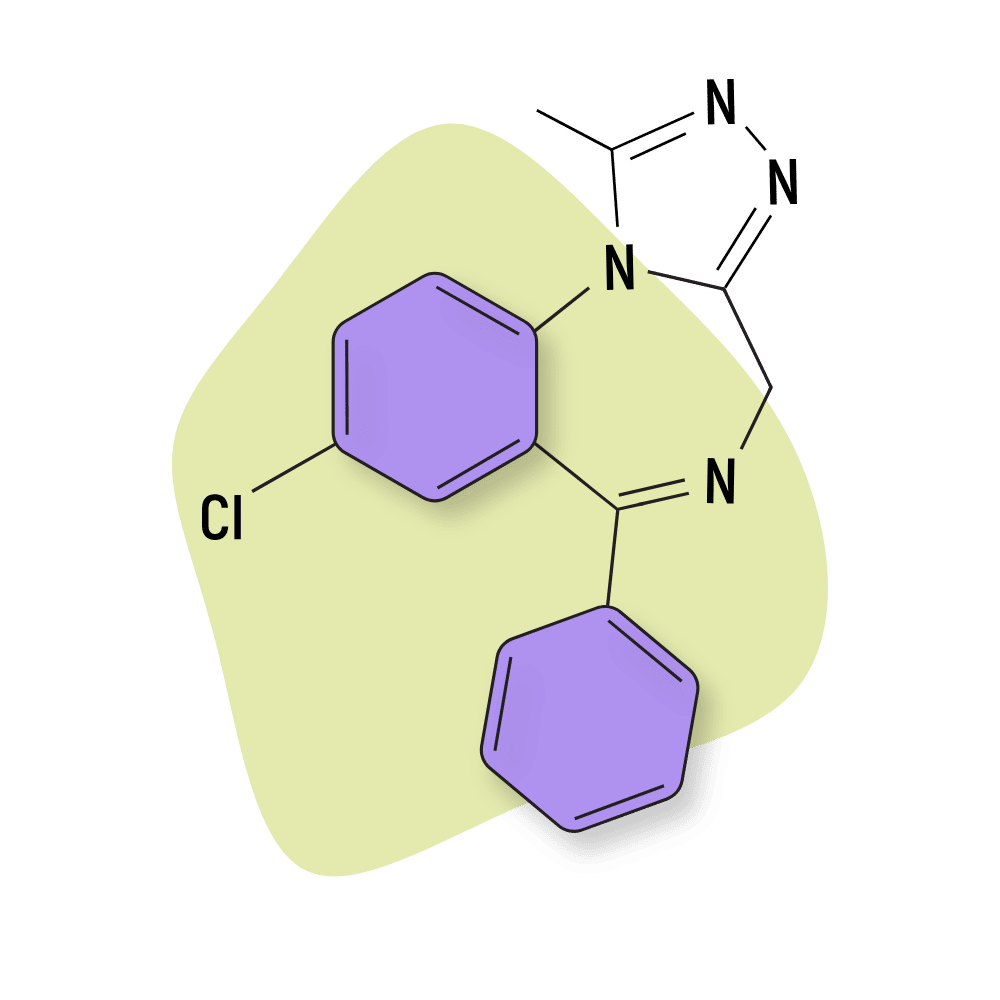
Haloxazolam
Haloxazolam is a benzodiazepine with mostly sedative effects. It’s regarded as having similar qualities to triazolam. However, few scientific peer-reviewed papers look into the matter.
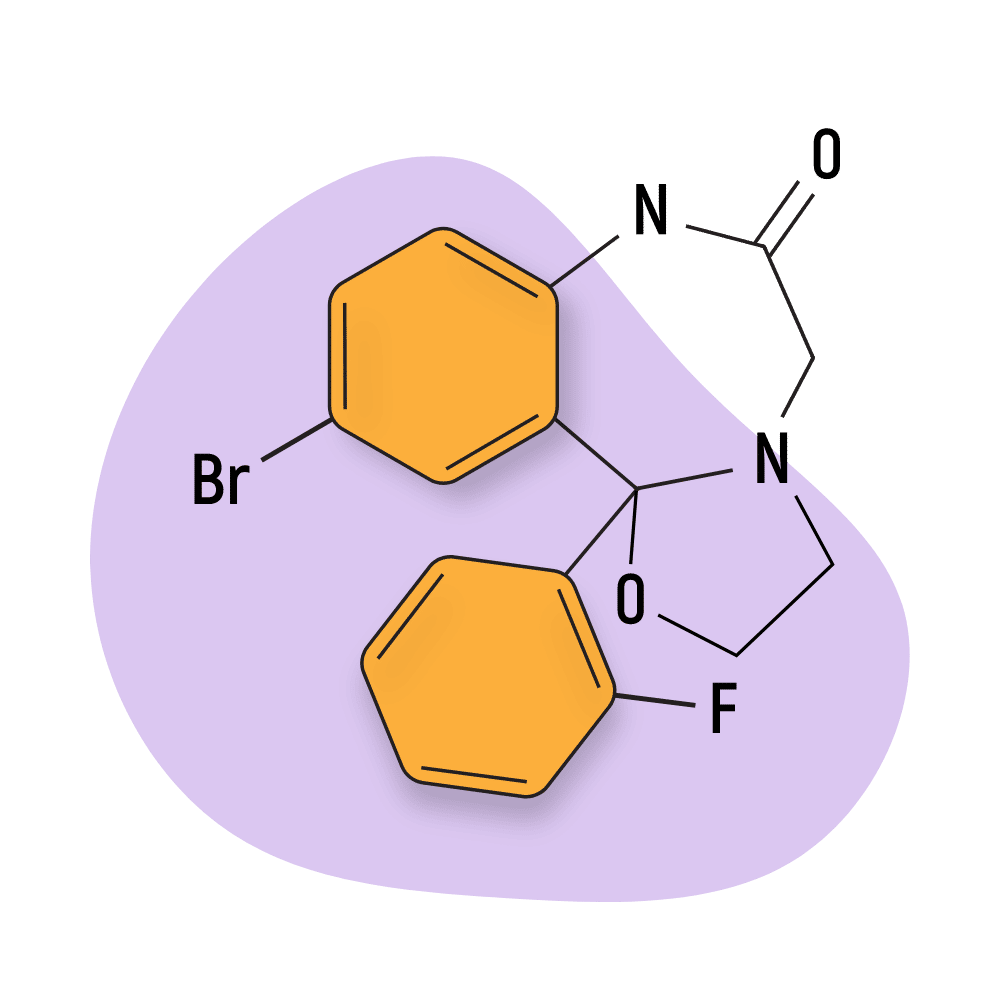
Brotizolam
Brotizolam is the closest benzodiazepine in terms of potency (average dose is around 0.2 mg brotizolam compared to 0.3 mg triazolam).
Both drugs are used for more or less the same things — short-acting sedatives used to treat various sleep disorders.
Both drugs are often used interchangeably, although many people suggest their effects are distinct from one another.
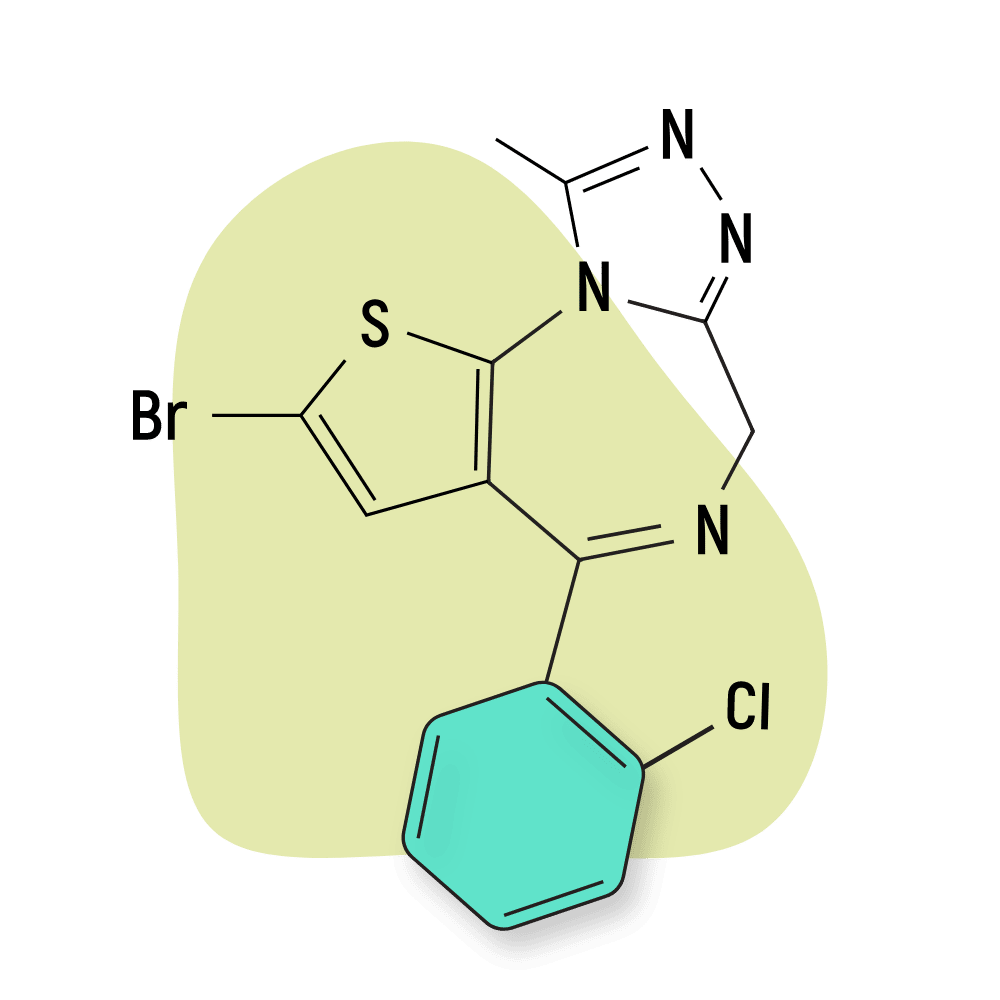
Natural Alternatives to Benzodiazepines
There are plenty of natural alternatives to benzodiazepines. Of course, none are as potent as prescription benzos themselves, but they may offer an effective (and much safer) alternative to try instead.
For instance, L-theanine, one of the active ingredients found in green and black tea, has plenty of comparable effects. L-theanine works to decrease levels of activity in the brain by targeting both GABA receptors, like benzodiazepines and binding glutamate neurotransmitters. Additionally, certain studies have found that L-theanine increases GABA levels in the brain [5].
Another great option is the kratom plant. This natural compound has many pharmacological effects, including anti-anxiety benefits and sedation. The main problem is that it acts on the body’s opioid receptors, so users must be careful about mixing it with other CNS depressants [6].
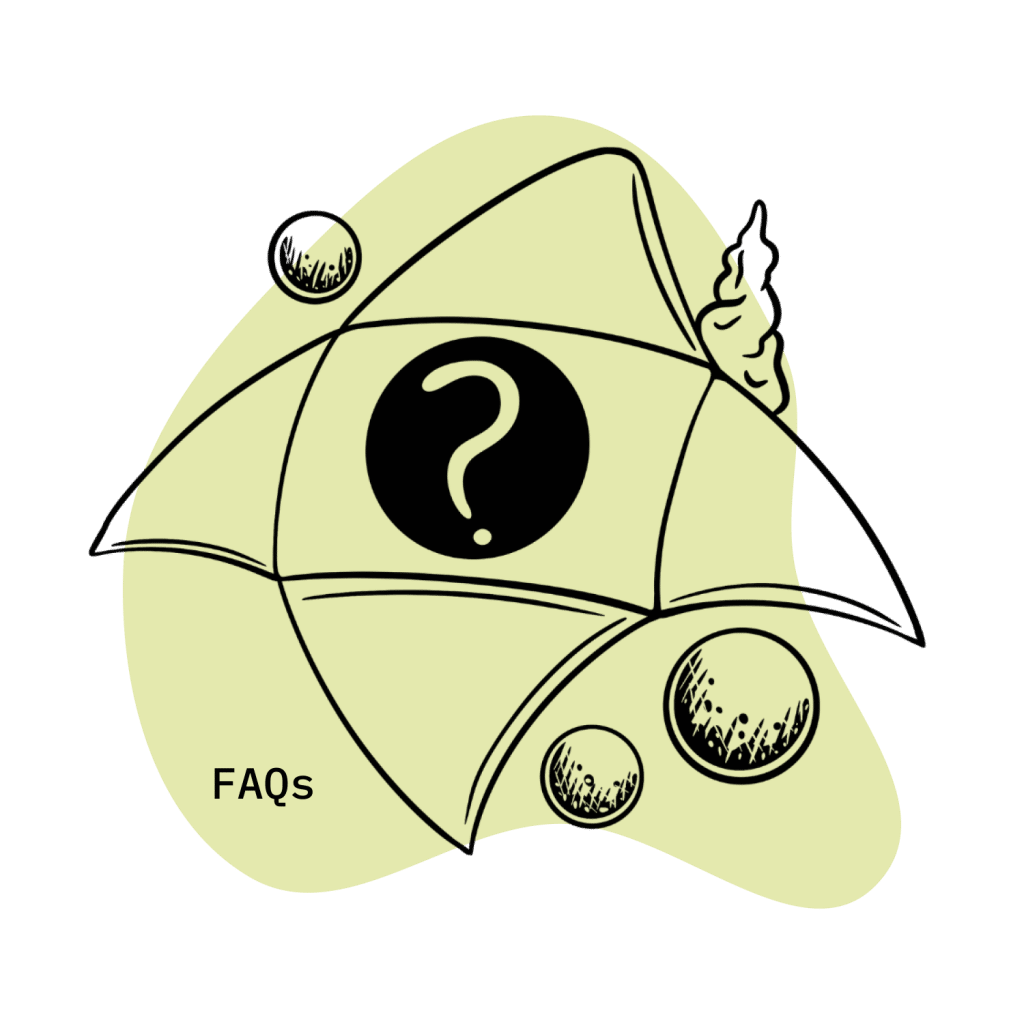
Triazolam FAQs
Does triazolam create any pharmacologically active byproducts?
Yes. Triazolam creates six metabolic products, of which one, a-hydroxytriazolam, has been stated to have 50 to 100% of the potency of the parent compound. However, this minor metabolite’s relative contribution to the drug’s clinical effects is unclear since this metabolite is present in the plasma primarily in its conjugated form.
Does triazolam have any off-label uses?
Yes. Triazolam is also used as an adjunct compound in anesthetic procedures. Triazolam is also used to reduce anxiety during brief events like an MRI scan.
What formulations is triazolam available in?
Triazolam, as Halcion, is available in 0.25 mg tablets.
References
- Pakes, G. E., Brogden, R. N., Heel, R. C., Speight, T. M., & Avery, G. S. (1981). Triazolam: a review of its pharmacological properties and therapeutic efficacy in patients with insomnia. Drugs, 22(2), 81-110.
- Vgontzas, A. N., Kales, A., & Bixler, E. O. (1995). Benzodiazepine side effects: role of pharmacokinetics and pharmacodynamics. Pharmacology, 51(4), 205-223.
- Derry, C. L., Kroboth, P. D., Pittenger, A. L., Kroboth, F. J., Corey, S. E., & Smith, R. B. (1995). Pharmacokinetics and pharmacodynamics of triazolam after two intermittent doses in obese and normal-weight men. Journal of clinical psychopharmacology, 15(3), 197-205.
- Riss, J., Cloyd, J., Gates, J., & Collins, S. (2008). Benzodiazepines in epilepsy: pharmacology and pharmacokinetics. Acta neurologica scandinavica, 118(2), 69-86.
- Nathan, P. J., Lu, K., Gray, M., & Oliver, C. (2006). The neuropharmacology of L-theanine (N-ethyl-L-glutamine), a possible neuroprotective and cognitive enhancing agent. Journal of Herbal Pharmacotherapy, 6(2), 21-30.
- Swogger, M. T., & Walsh, Z. (2018). Kratom use and mental health: A systematic review. Drug and Alcohol Dependence, 183, 134-140.

